Proximal Hamstring Tendinopathy – a pain in the Butt!
By APA Sports & Exercise Physio, Rick Bain
With the number of running events around these days, there is almost always one to do just around the corner. And for most runners, training starts to get serious leading in to any longer events, like the Gold Coast Marathon. If you talk to any runners, whether they are or a weekend warrior, it is not uncommon to hear stories of shin splints, plantar fasciitis (foot pain) and knee pain when training increases.
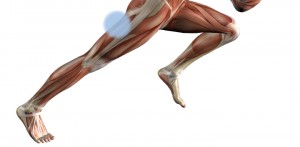
But one condition that is less talked about is Proximal Hamstring Tendinopathy (PHT). PHT is the medical term used to describe symptoms related to the common origin of the hamstring muscles as they insert on to the sitting bones of the pelvis, which is why 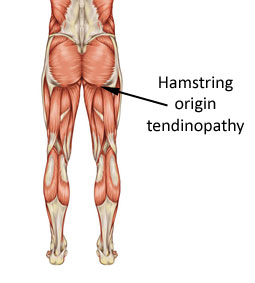 PHT is quite literally a pain in the butt!
PHT is quite literally a pain in the butt!
A recent review of running related musculoskeletal injuries rated PHT as 9th out of the 21 most common running related injuries. It will affect 1 in 8 runners at some stage (Lopes, 2012). Middle and long distance runners are far more likely to develop this condition than any other athlete.
Symptoms are often described as a vague, deep buttock pain (around the area of the sitting bone or deep in the buttock) most commonly in the absence of any specific episode of injury. It is initially aggravated by running but can soon progress to affecting sitting, driving and stretching. The repetitive nature of distance running means the load on the hamstrings is experienced in much larger volumes than most other sports. Pain in the proximal hamstrings can hinder your stride and affect your ability to run smoothly and run at all.
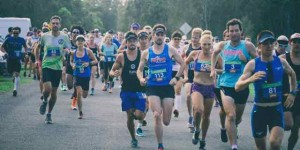 There are numerous possible causes of buttock pain in runners such as bursitis or lumbar spine/nerve pain, among others; and several of these conditions can be found coexisting with PHT in an athlete.
There are numerous possible causes of buttock pain in runners such as bursitis or lumbar spine/nerve pain, among others; and several of these conditions can be found coexisting with PHT in an athlete.
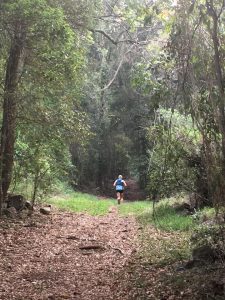 This often makes buttock pain a challenge to diagnose and treat effectively by your Physio. The key to effective management of PHT is not only treating the symptoms of buttock pain, but identifying and addressing the underlying contributing factors that lead to the onset of the condition.
This often makes buttock pain a challenge to diagnose and treat effectively by your Physio. The key to effective management of PHT is not only treating the symptoms of buttock pain, but identifying and addressing the underlying contributing factors that lead to the onset of the condition.
So why does it affect so many runners?
There are a few common aspects of running technique that can contribute to the development of PHT:
- Over-striding:
- During the running cycle, the hamstring muscles are under maximum strain immediately prior to the foot landing. Over-striding creates excessive tensile and compressive stress on the hamstrings.
- Poor hip drive:
- Good knee lift through the swing phase means the hamstrings don’t contribute much to propel the body forward. Runners with poor hip drive will utilise their hamstrings more to help generate forward momentum by ‘pushing’ off there ground, thereby leading to excessive hamstring loading.
- Excessive pelvic rotation/shifting:
- Hamstrings work with your gluteal muscles in stance phase (when your foot is in contact with the ground) to prevent any unnecessary and inefficient trunk and pelvic motion. Gluteal muscle weakness or fatigue, leg or spinal imbalances, and pelvic/leg joint restrictions can potentially create excessive pelvic and trunk motion leading to the hamstrings working under more load to help control this motion.
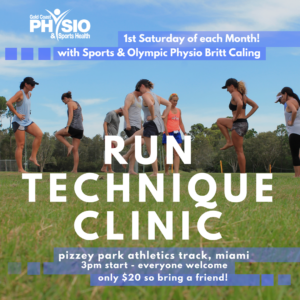 A great way to address all of the above is with exercises specific to running and the weaknesses in your running technique. This exact reason is why here at mygcphysio we have developed and conduct a regular Run Technique Clinic.
A great way to address all of the above is with exercises specific to running and the weaknesses in your running technique. This exact reason is why here at mygcphysio we have developed and conduct a regular Run Technique Clinic.
Our Run Technique clinic is accessible to every runner of all levels from beginners to experienced athletes and is for those athletes that are currently injured, those who have had a long-term recurrent injury or something that doesn’t feel “quite right” in their technique, and also to those athletes who are uninjured but want techniques cues to improve their efficiency and performance, or just those wanting running to feel ‘easier’. Click here for more details.
What can I do if I already have PHT?
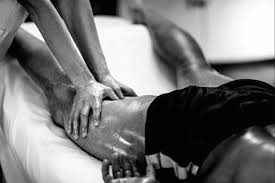 Effective treatment of PHT is first based on understanding the stage of the tendinopathy (i.e. the stage of pathology that the tendon is undergoing). Clues in the behaviour of symptoms and a thorough physical examination can help an experienced Sports Physio understand the stage of the tendinopathy and therefore develop an appropriate rehabilitation program that is individual to you.
Effective treatment of PHT is first based on understanding the stage of the tendinopathy (i.e. the stage of pathology that the tendon is undergoing). Clues in the behaviour of symptoms and a thorough physical examination can help an experienced Sports Physio understand the stage of the tendinopathy and therefore develop an appropriate rehabilitation program that is individual to you.
The rehabilitation process will often include a combination of manual therapy techniques and specific exercises in the initial stages to reduce pain and ensure optimal lumbar spine and pelvic mechanics. The most important aspect of the rehabilitation process is a graded strengthening program to increase the hamstring’s ability to withstand the rigours of distance running. Together with a lumbo-pelvic stabilising program and improving your running technique, this rehabilitation process ensures the best chance of a successful return to running and prevention of recurrence in the future.
PHT is a relatively common complaint amongst distance runners but it can be prevented and treated. If you suffer from ‘a pain in the butt’ then why not come in and see one of our Sports Physio’s who will help you ‘get to the bottom of it’ (pun intended).
Rick Bain is a Titled Sports & Musculoskeletal Physio and is available for consult in clinic, for appointments please call us on 07 5500 6470
Rick is also one of our Physio consultants to the Australian Institute Of Sport Gold Coast facility & an official QAS Physio Provider.
